Google Ads vs Meta Ads: Which Platform Delivers Higher ROAS in 2025?
Heading
- Cointelegraph Formula offers various ad formats to 8 million monthly readers across 190+ countries, leveraging its trusted name in crypto.
Choosing between Google Ads or Meta Ads is a crucial decision in your marketing strategy. This choice can directly impact your campaign performance.
Each platform targets different audiences, offers unique targeting tools, and supports a variety of ad formats including:
- Search ads
- Display ads
- Video ads
- Carousel ads
Here's a quick comparison table of the platforms:
Google Ads excels at reaching users who are actively searching for a product or service. Meta Ads, on the other hand, excels at building brand awareness. It helps engage users based on their interests and behaviors.
Both Google Ads and Meta Ads are effective and sit in the top of our best advertising platform lists. But they have different strengths, and understanding their comparison is important. This is true when exploring new acquisition channels or aiming for better ROAS.
This guide breaks down the real differences between Google Ads and Meta Ads in:
- Reach
- User intent
- Bidding models
- Analytics
- Creative flexibility
- Cost effectiveness
Use this information to decide which platform truly aligns with your goals.
Google Ads vs Meta Ads: Audience and Reach Comparison
Understanding the audience and reach differences between Google Ads and Meta Ads is crucial for any ad budget. Each platform connects with users in unique ways.
Let's look at their primary audiences, how they target them, and what makes their reach unique.
You can see how the two platforms differ in audience and reach.
Google Ads works well for reaching users who have immediate needs. They're already searching for something specific. Meta Ads, conversely, excels at creating demand and brand awareness through interest-based browsing.
Google Ads vs Meta Ads: Cost and Pricing Models Comparison
To get the most from your advertising budget, you need to understand Google Ads and Meta Ads cost structures and pricing models. This knowledge can help you maximize ROAS.
All platforms use auctions, but their pricing and bidding systems differ significantly.
Let's examine Google Ads and Meta Ads pricing models, helping you plan higher advertising return on spend.
When evaluating advertising costs, the value you get for your spend is important. Google Ads operates primarily on a pay-per-click (PPC) model. Costs depend on how competitive keywords are.
Meta Ads uses PPC as well but also offers flexibility with cost-per-mille (CPM) and cost-per-action (CPA). These costs can vary based on audience competition.
Google Ads vs Meta Ads: Supported Ad Formats Comparison
The type of ad format determines how your message looks and feels to users. Each platform offers unique formats suited to its environment and audience. This comparison outlines the main ad formats in Google Ads and Meta Ads.
Google Ads excels at direct user reach with text ads in search. It also offers broad exposure through image and video ads on its display network. For ecommerce, Shopping ads are available.
Meta Ads focuses on visual storytelling. It offers engaging image and video ads that blend seamlessly into social feeds. You'll also find interactive formats like Carousel and Instant Experience.
You can check out additional ad formats that aren't offered by Google and Meta Ads.
Google Ads vs Meta Ads: Analytics Reporting Features Comparison
Effective advertising relies on solid reporting that shows what's working. Each platform offers different analytical tools.
Let's compare their built-in reporting and third-party integrations. These features are key to campaign optimization.
All platforms provide their own built-in dashboards and tracking. Google Ads offers detailed reports on clicks and conversions, showing direct return on investment from search terms. Meta Ads provides powerful dashboards for engagement and brand-building metrics.
Google Ads vs Meta Ads: Third-Party Integrations Comparison
Third-party integrations make it easy to connect your advertising campaigns to analytics tools, CRM systems, attribution platforms, and automation workflows. Google and Meta integrate well within their ecosystems and with other third-party tools. Here are the integrations for each:
Google Ads: Integrations
- Google Analytics (GA/GA4)
- Google Tag Manager
- Firebase
- Salesforce
- HubSpot
- Zapier
These tools connect easily to Google Ads. They track conversions, update CRMs, and support event-based retargeting.
Meta Ads: Integrations
- Meta Pixel + Conversions API
- Shopify
- WooCommerce
- Google Analytics (via UTM)
- Zapier
- Mailchimp
Designed for ecommerce and social conversion tracking, especially through Facebook Shops and Instagram Checkout.
Google Ads vs Meta Ads: Understanding How Each Platform Works
Google Ads and Meta Ads are two of the most prominent digital advertising platforms in 2025. Each connects advertisers with users through a combination of targeting, automation, and media placement, but their internal workings differ.
Advertising platforms generally operate through a three-part flow:
- Ad Creation: Where advertisers set budgets, creatives, and objectives
- Audience Matching: Where algorithms deliver ads to selected user segments
- Performance Tracking: Where results like clicks, installs, or conversions are measured
Let's look at what each top platform is and how they work.
What is Google Ads?
Google Ads is Google's digital advertising platform. It allows businesses to display ads across various channels, including:
- Google Search
- YouTube
- Gmail
- Maps
- A vast display network of third-party websites and apps
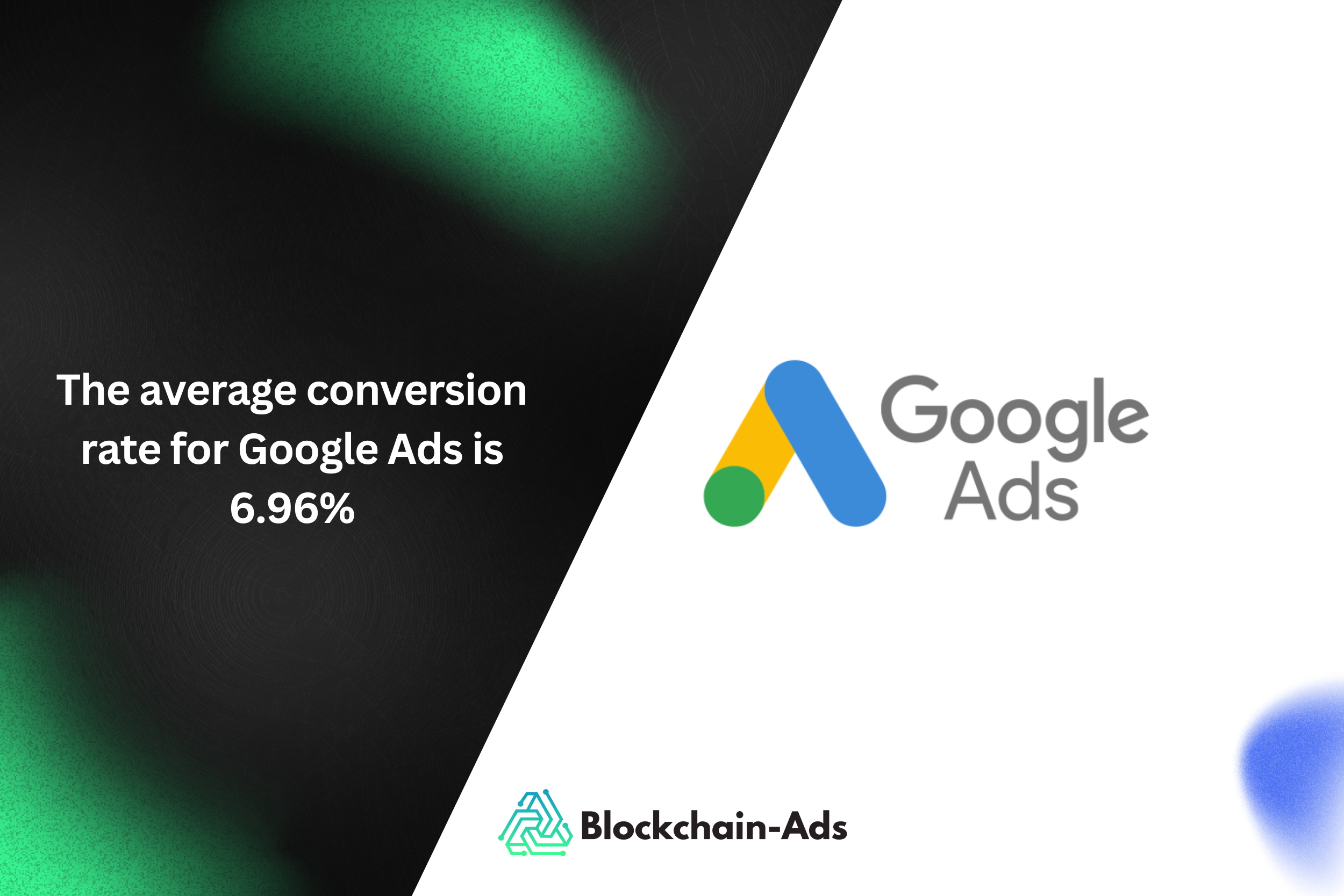
Google Ads operates on an auction-based system using these models:
- CPC (Cost-per-click)
- CPM (Cost-per-thousand impressions)
- CPA (Cost-per-action)
What is Meta Ads?
Meta Ads is Meta's advertising platform. It delivers targeted advertising across:
- Messenger
- Audience Network
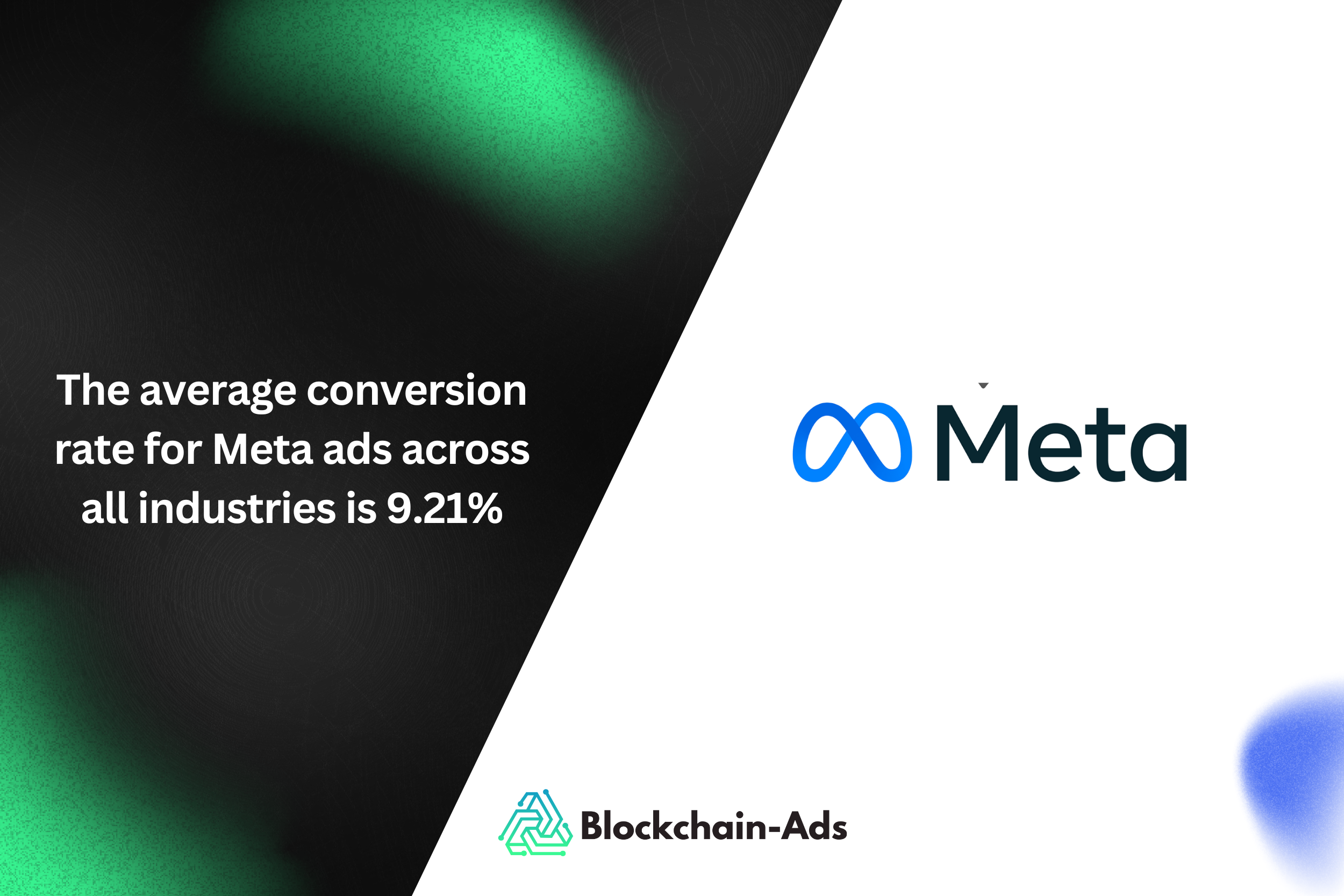
Meta Ads operates on a real-time auction system. It allows businesses to reach users based on:
- Interests
- Behaviors
- Demographics
- Engagement across Meta-owned apps
What are the similarities between Google Ads and Meta Ads?
Despite their different ecosystems, both platforms offer core features that align with modern digital advertising standards.
- All support real-time bidding and programmatic delivery
- Google and Meta offer massive general reach but come with strict industry and geo-restrictions.
- Each offers CPC, CPM, and CPA pricing models
- All provide audience segmentation and retargeting tools
- Each platform includes its own analytics and conversion tracking
- All allow automated optimization based on campaign goals
What are the differences between Google Ads and Meta Ads?
While both platforms offer powerful advertising, their core approaches and target audiences create distinct differences crucial for advertisers.
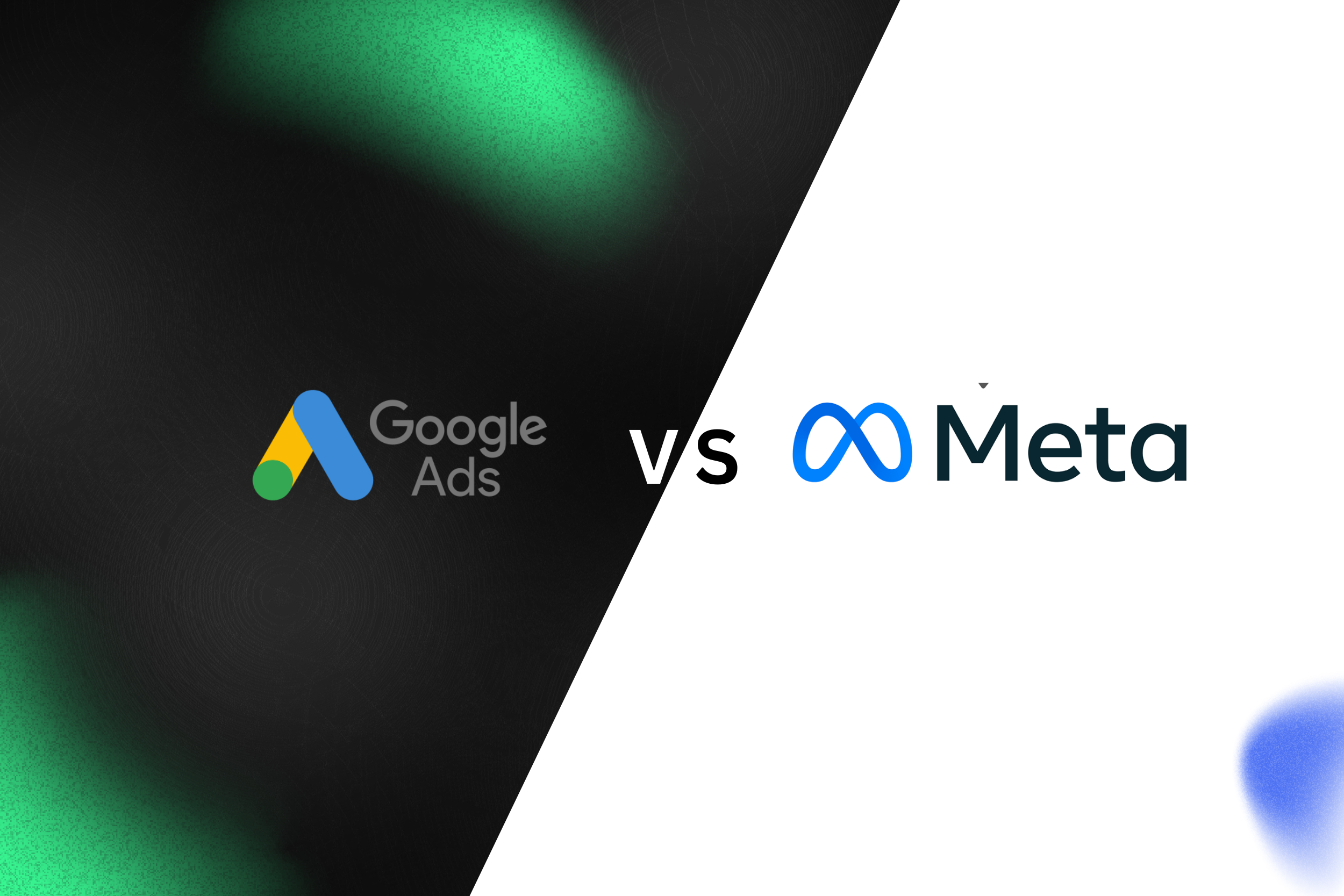
- Targeting Approach: Google focuses on search intent, while Meta focuses on user interests.
- Primary Ad Formats: Google emphasizes text-based search and display ads. Meta centers on visual social media formats.
- Cost Structure: Google's CPC varies by competition. Meta's CPC/CPM is generally lower.
What are alternatives to Google Ads and Meta Ads?
Beyond the major platforms, several other advertising solutions cater to specific industries, formats, or privacy needs.
- Blockchain-Ads: Caters to finance, crypto, iGaming, and other highly-regulated industries
- LinkedIn Ads: Ideal for B2B targeting, job roles, and industry-specific campaigns
- TikTok Ads: Strong for short-form video and Gen Z engagement
- Reddit Ads: Useful for niche communities and contextual brand placements
There are many other platforms available that marketing teams should be aware of. Each has its unique capabilities tailored to specific use cases, industries, and audience types.
Qualify and get acess to Blockchain-Ads
Lorem ipsum dolor sit amet, consectetur
Quick Definition

Talk with some of our current partners
View all success stories

Reach 12M+
Engaged Web3 users across 10,000+ websites and 37 blockchains.






.png)
.avif)
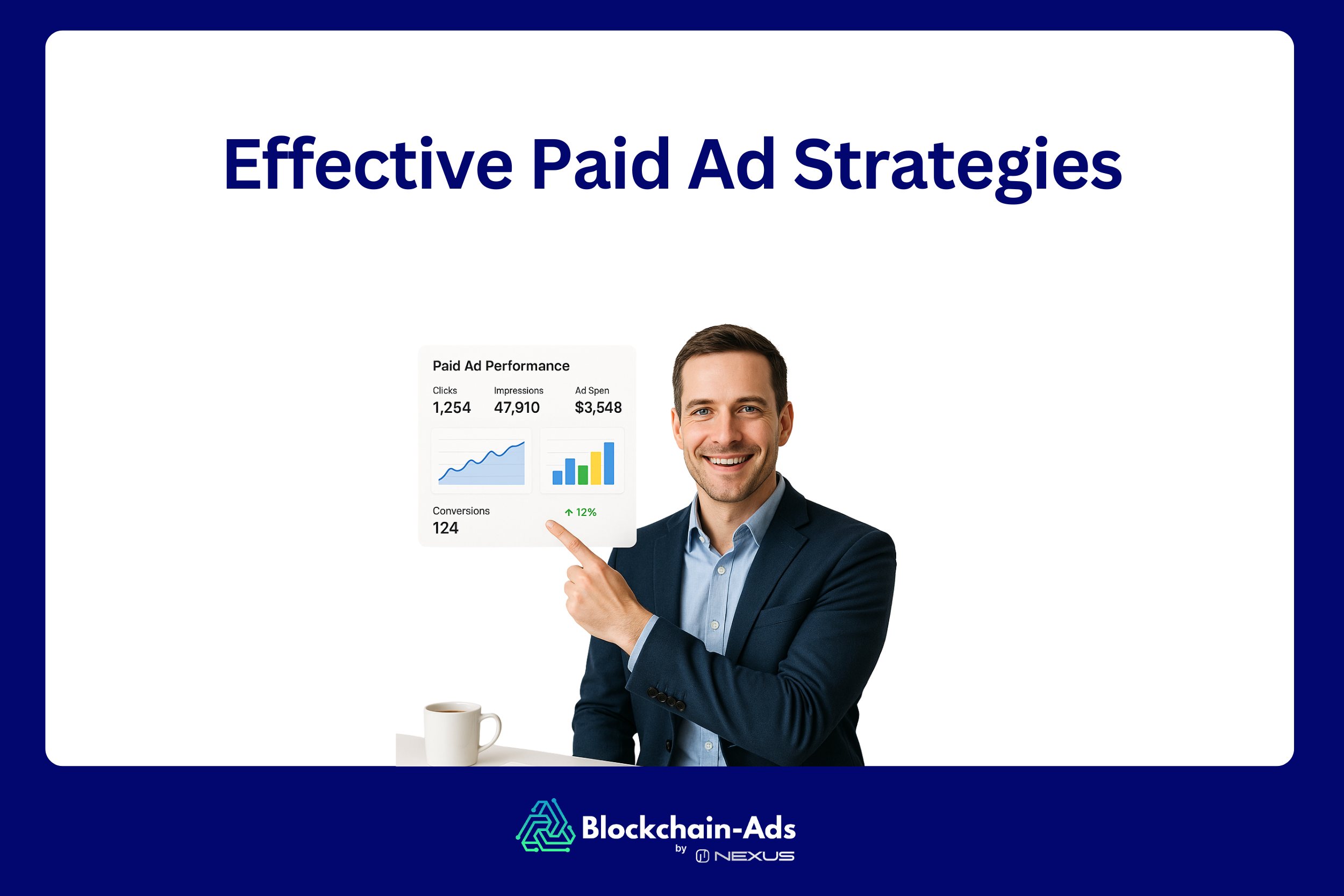
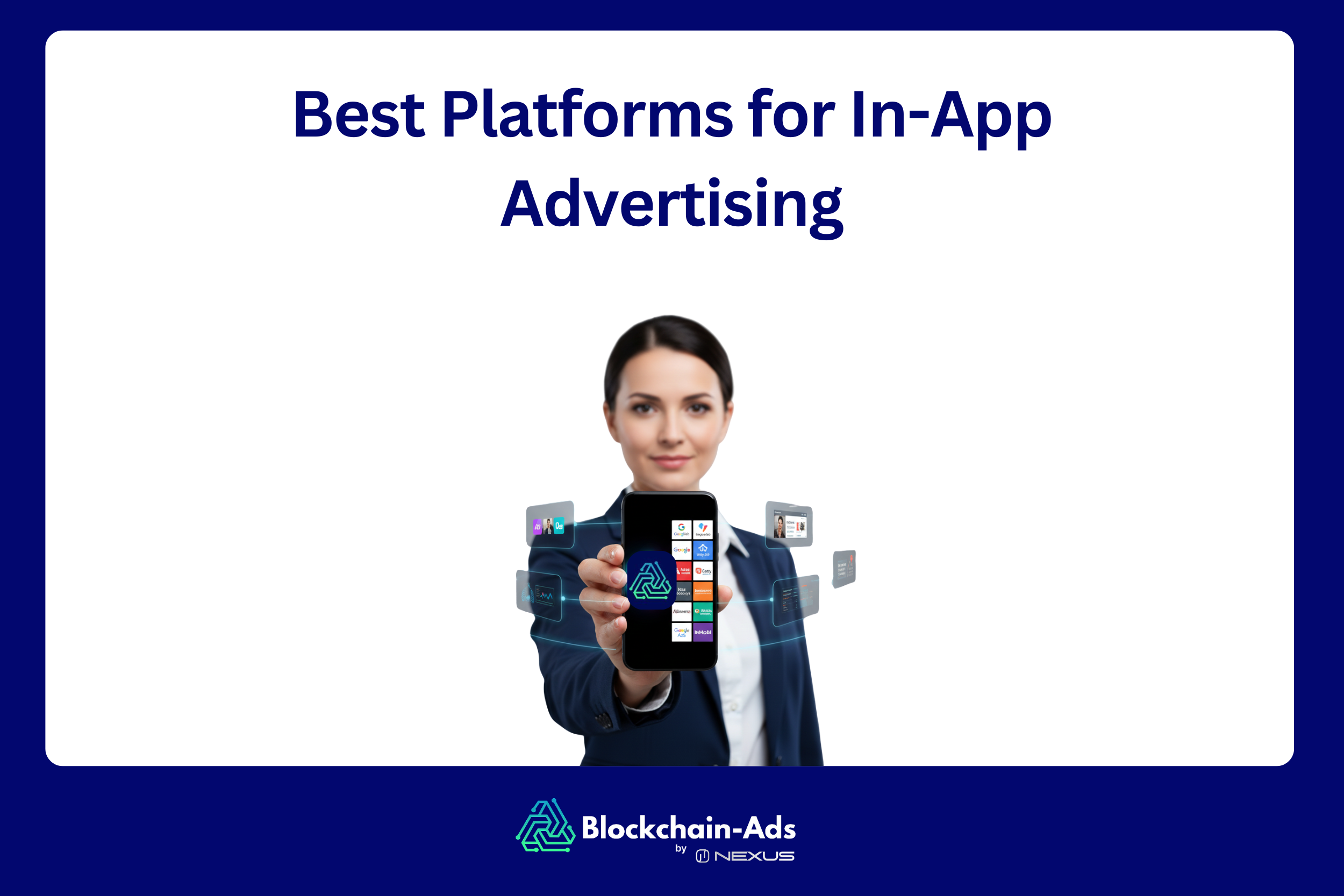

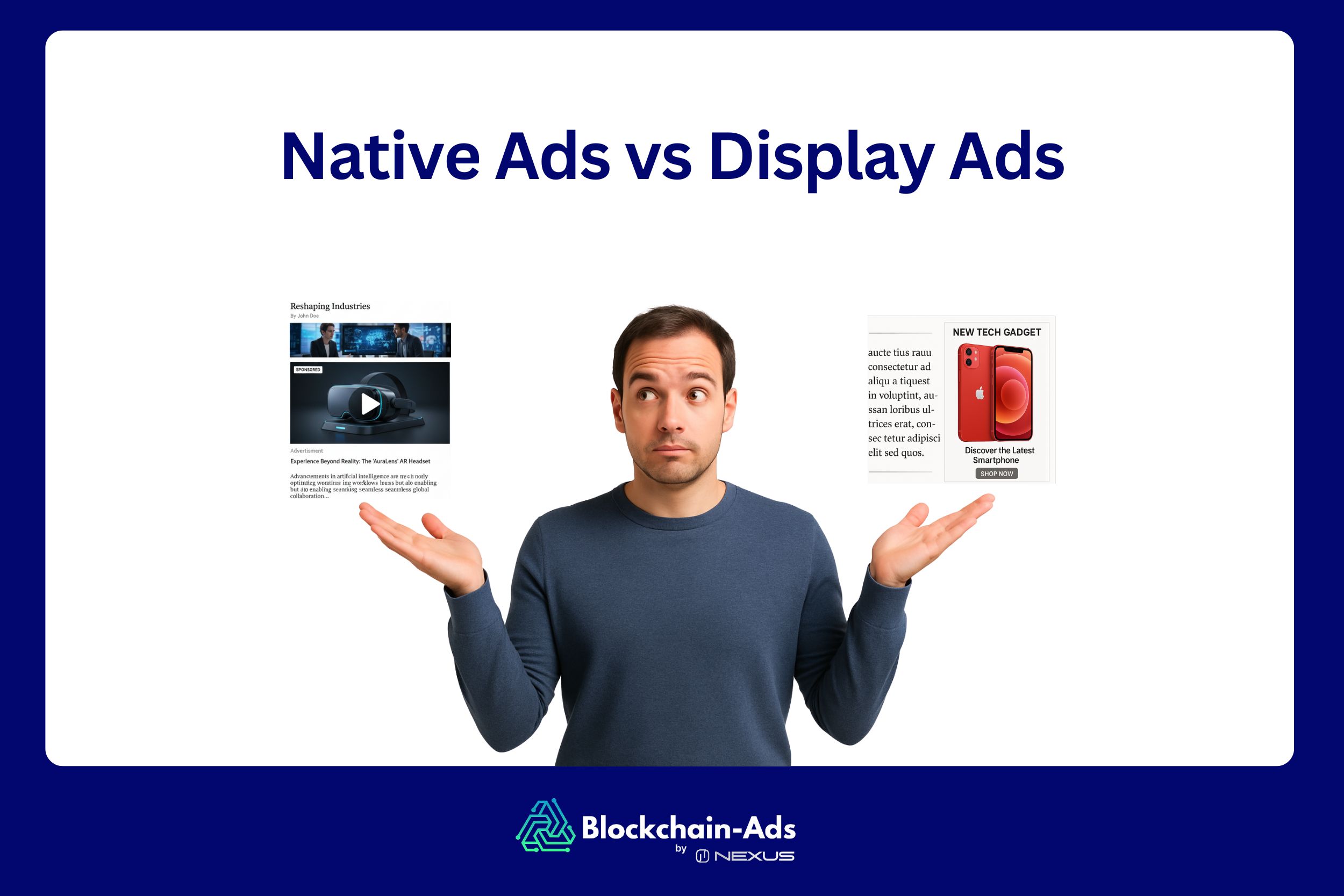
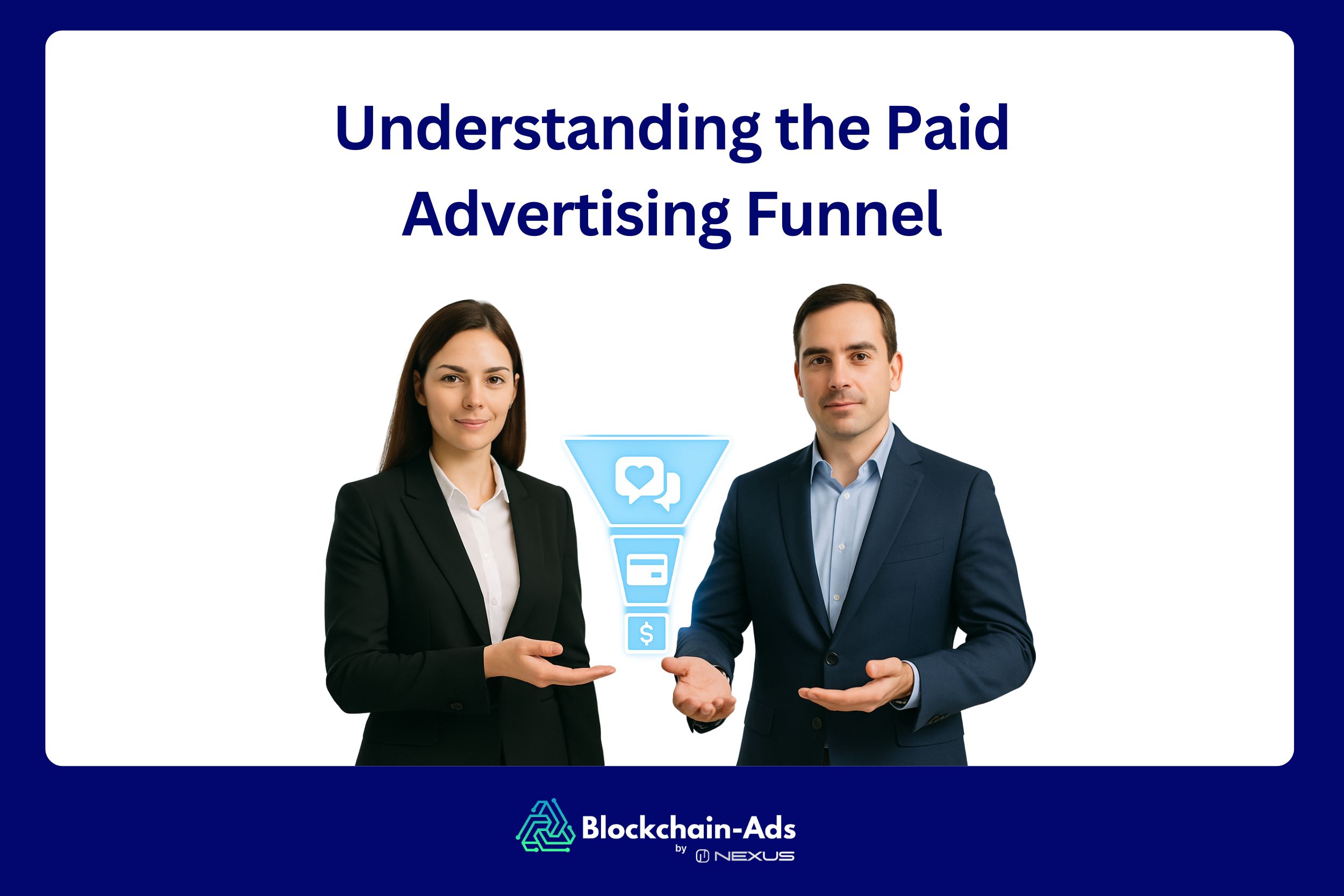
.png)